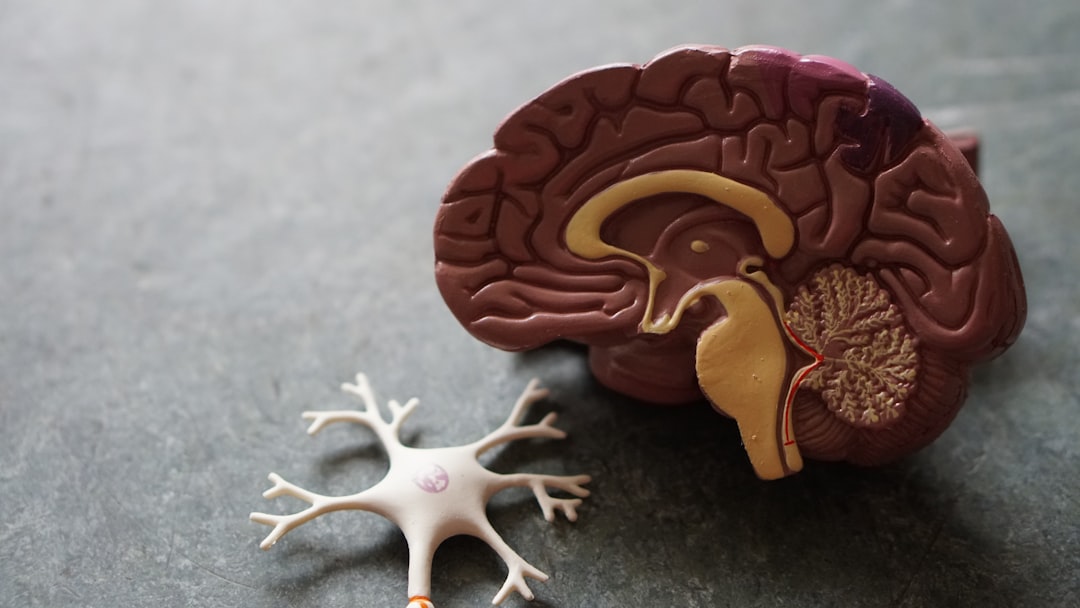What is it about?
Recent advances in Spatial Temporal Image Correlation (STIC) 4 D fetal echocardiography include the application of eSTIC based on electronic probe image acquisition. We aimed to directly compare the performance of conventional STIC versus eSTIC technique (B-Mode and color Doppler imaging) during off-line reconstruction of STIC/eSTIC fetal heart volume pairs.
Featured Image

Photo by freestocks on Unsplash
Why is it important?
eSTIC was associated with more effective 4 D fetal heart reconstruction due to reduced motion artifacts and superior image quality in all planes, when compared to STIC. Early gestation reconstructions were not generally successful using either technology. Further study is needed to define the cost-effectiveness and diagnostic impact of eSTIC over conventional STIC and their role over, or in addition to, screening 2 D fetal echocardiography by appropriately trained sonographers.
Perspectives
I hope this article shows the future of better fetal echocardiography with the help of technologically advanced electronic 4D ultrasound probes.
Spiros Pepes
University of Crete
Read the Original
This page is a summary of: Electronic versus conventional spatiotemporal image correlation (STIC) fetal echocardiography: a direct comparison, The Journal of Maternal-Fetal & Neonatal Medicine, April 2020, Taylor & Francis,
DOI: 10.1080/14767058.2020.1752656.
You can read the full text:
Contributors
The following have contributed to this page










